At the rear suspension all needle bearings had to be replaced, because the old cages were full of water for years. Therefore the cages were corroded when they were removed. For the installation of the needle bushes I made a suitable bolt on the lathe to countersink the bushes so that the shoulder for the shaft seals fits exactly. The holes for the sleeves unfortunately don’t have the appropriate shoulders everywhere.
The following bearings and sealing rings are used in the rear suspension:
- 1x Needle Bearing HN1816 (Suspension Linkage)
- 2x Sealing Ring G18x24x3-B (Suspension Linkage)
- 5x Needle Bearing HK2020B (3x Suspension Linkage, 2x Swing Arm)
- 6x Sealing Ring G20x26x4-B (4x Suspension Linkage, 2x Swing Arm)
- 2x Needle Bearing HK2524-2RS (Swing Arm)
For installation in the rear swingarm, the bearings were cooled down with liquid nitrogen (it’s handy to have an extreme overclocker living next door), so they can easily be inserted into the bushings without hammer blows.
Unfortunately, this did not work for the rear wheel suspension, here the manufactured bolt was sawn off to push the sleeves in with the bench vice.
Now these parts can be put togehter and the engine can be lifted into the frame – some kind of marriage just happened again.

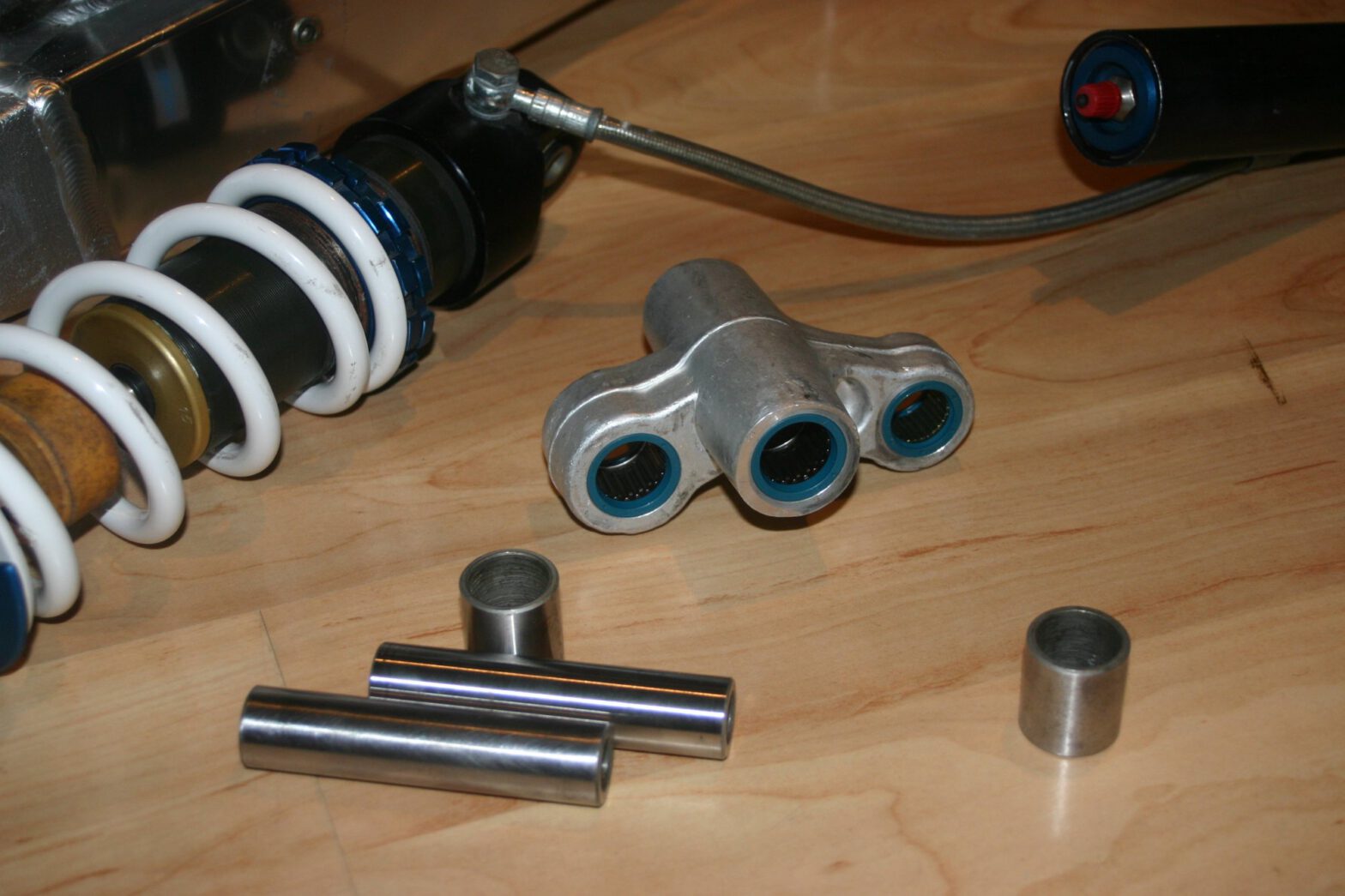
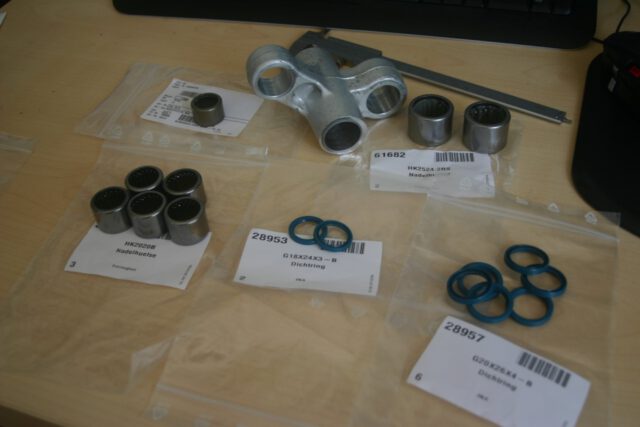
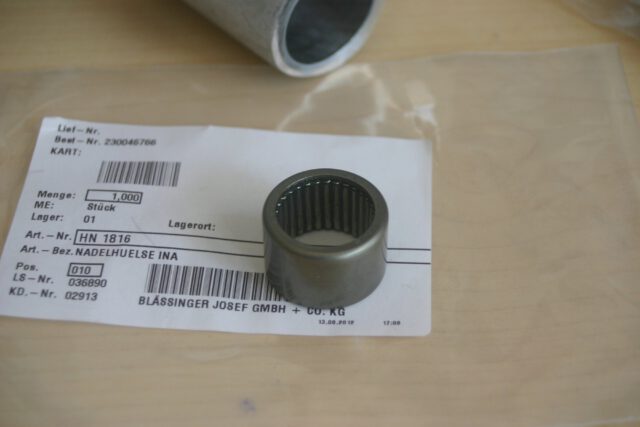
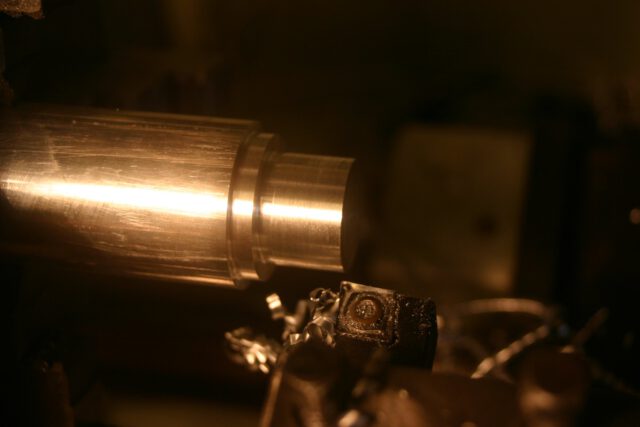
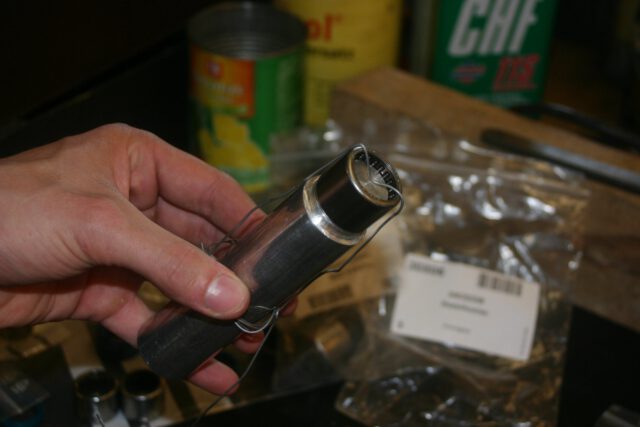
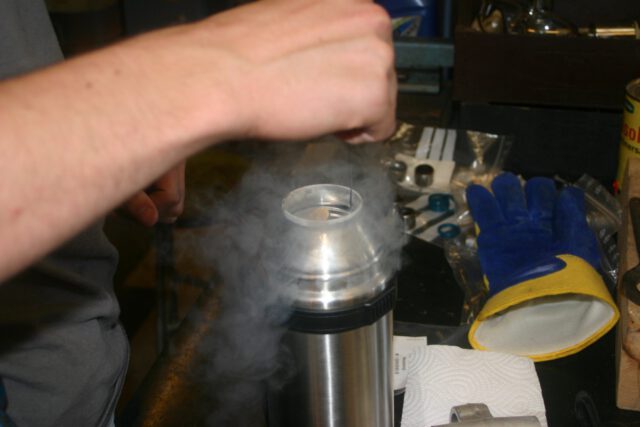


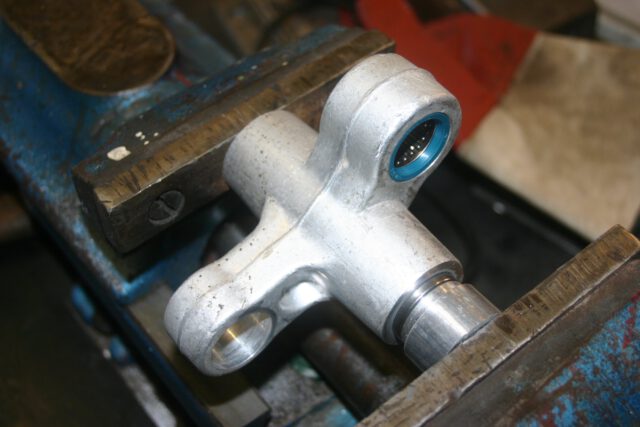
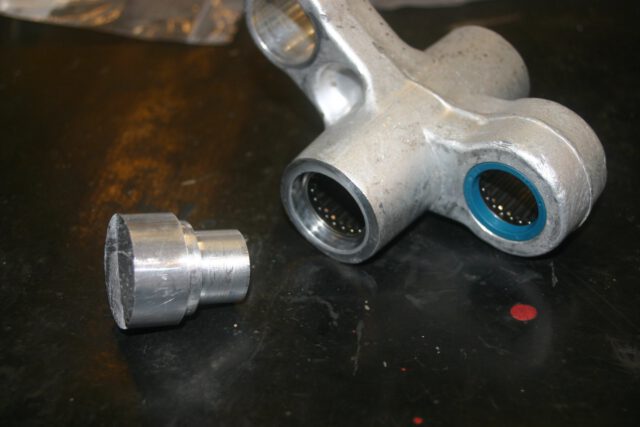
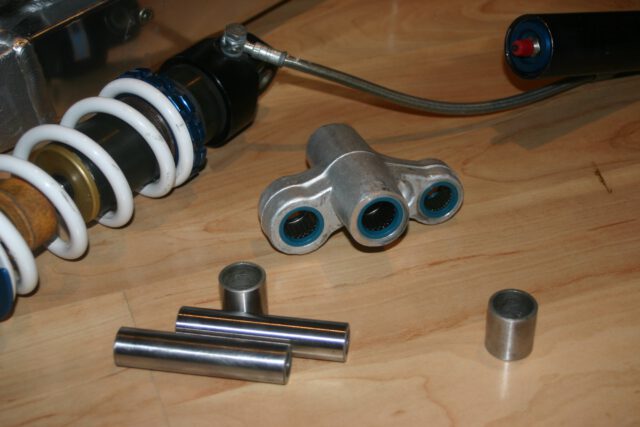
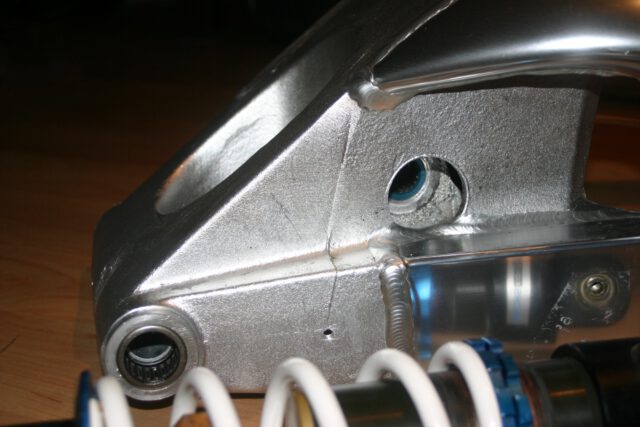
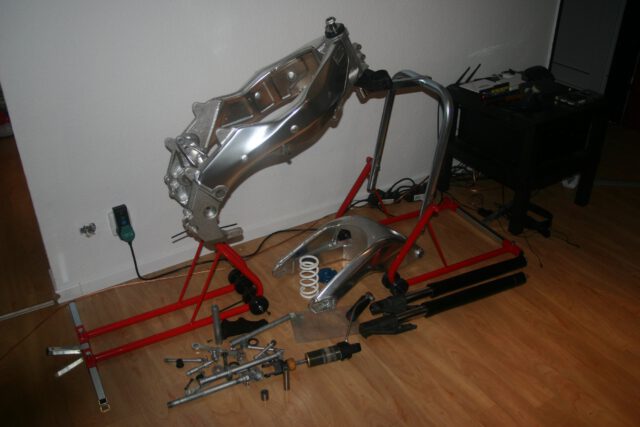
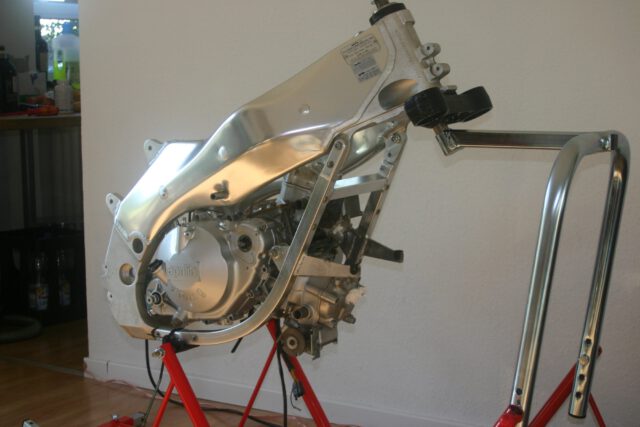
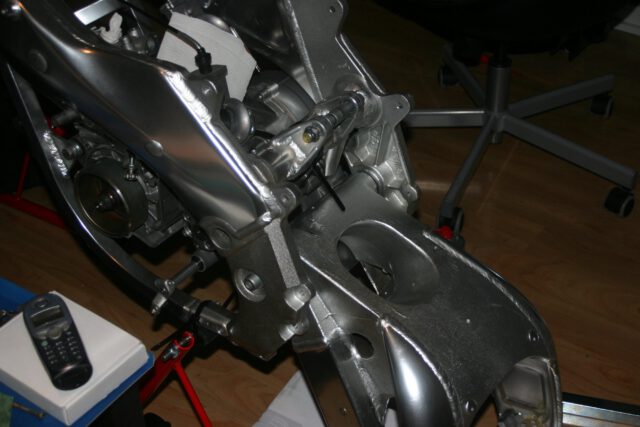
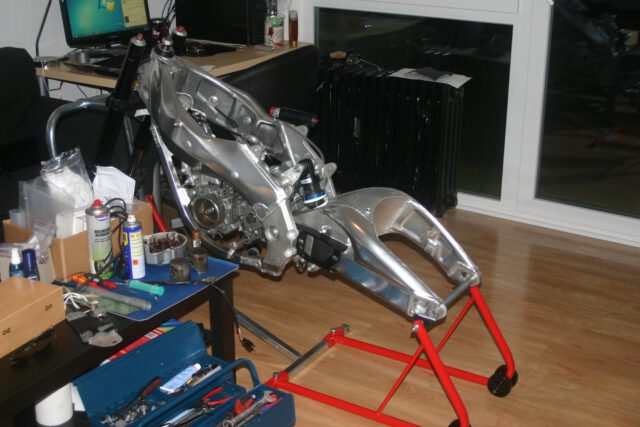

Hi, thanks for this awesome guide. I’m doing the exact same restoration, and i think the seals, for this application, need to be mounted in the opposite way, preventing dust coming from outside.
Have a nice evening and thanks!
Hi, thanks for your comment! These seals do not have a dust lip and there is no pressurized side, therefore it does not matter which way round you mount them. I decided to have the flat side outside to prevent dust and dirt accumulating in this small gap but in terms of sealing it really does not matter which way around they are mounted.
That’s awesome. Can you tell me where you bought the bearings and seals
Thatks. There was a local specialized dealer next to my former workplace, they just ordered those parts for me.